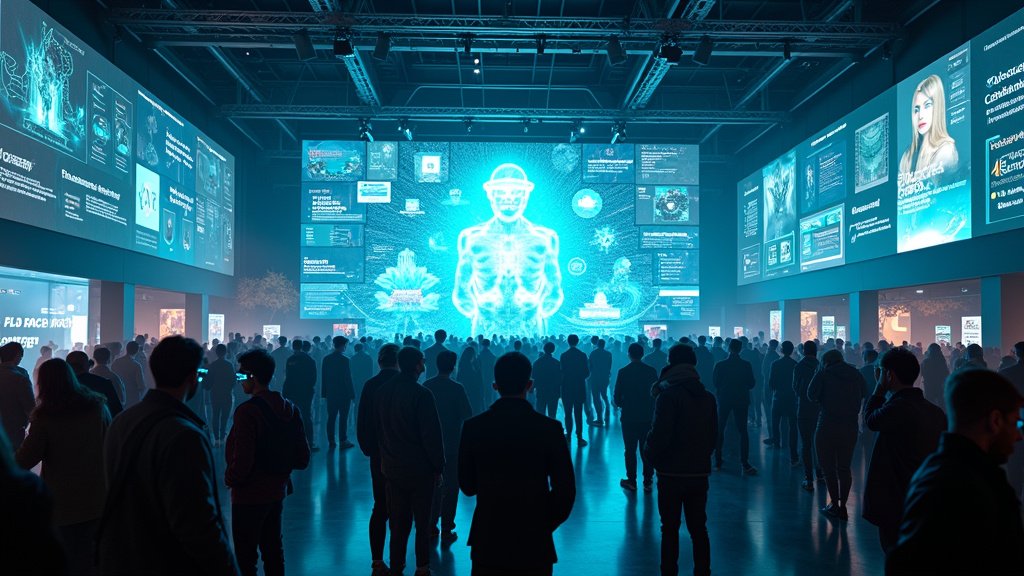Event Evolution: 10 Trends Shaping Live Experiences in 2025
The events industry is undergoing a radical transformation. As we approach 2025, the lines between physical and digital experiences are blurring, driven by technological advancements and evolving attendee expectations. The landscape is becoming more personalized, immersive, and engaging than ever before. This article explores ten key trends reshaping live events.
The Rise of AI-Driven Personalization
Artificial intelligence is no longer a futuristic concept; it’s a present-day reality, especially in the events sector. AI-driven personalization is at the forefront of this revolution. Attendees are increasingly seeking customized experiences tailored to their individual preferences and needs. This means events are shifting away from one-size-fits-all models and toward personalized content, schedules, and even networking opportunities.
Immersive Technology: AR/VR Integration
Technology is playing a pivotal role in enhancing engagement. Augmented Reality (AR) and Virtual Reality (VR) are becoming integral components of event experiences. Attendees can now virtually “try on” items, participate in interactive demos, and explore virtual environments that extend the reach of the event beyond physical limitations. This creates deeper engagement and memorable interactions.
Gamification and Interactive Elements
Events are borrowing from the gaming world to boost interactivity. Incorporating gaming elements and creating treasure hunts encourages networking and exploration. Attendees are motivated to participate and engage with the event and with each other, making networking more fun and less formal, while also offering opportunities to access exclusive content.
Hybrid and Virtual Events: Building Phy-gital Communities
The trend toward hybrid and virtual events continues to gain momentum. This shift is leading to the creation of “phy-gital” communities, where physical and digital interactions coexist. Tools like LinkedIn Live are being utilized for mini-events, fostering pre-event networking in exclusive rooms and location-based AR experiences, extending the event’s impact beyond its immediate timeframe and geographical constraints.
AI-Powered Content and Attendee Well-being
AI’s influence extends beyond personalization, reaching into content curation and attendee well-being. AI is now being used to tailor content recommendations based on individual preferences and interests. Moreover, AI is employed to monitor crowd energy levels, allowing event organizers to suggest meditation breaks or direct attendees to quieter networking spaces. This proactive approach ensures a more comfortable and productive event experience.
AI-Driven Dietary Customization
Catering to diverse dietary needs is a critical aspect of modern event planning. AI is streamlining this process by customizing meal options based on individual dietary restrictions and preferences. This allows events to accommodate a wider range of attendees and enhance the overall experience.
Conclusion
The events industry is undergoing a dramatic transformation. The trends highlighted above, fueled by technological innovation and shifting attendee expectations, underscore the industry’s focus on creating more personalized, immersive, and engaging experiences. As we move toward 2025, events that embrace these trends are poised to thrive and redefine the future of live experiences.





